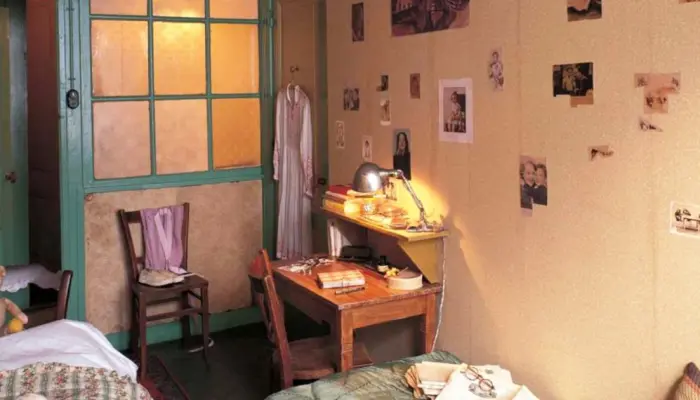"In spite of everything, I still believe that people are really good at heart." These words from the diary of Anne Frank, a thirteen-year-old Jewish girl who hid from the Nazis during World War II, resonate with incredible power. Amidst one of the darkest periods in human history, young Anne maintained her faith in humanity even in the face of appalling cruelty. Her story, encapsulated in the famous "Diary of Anne Frank," has become an immortal testament to the tragedy of the Holocaust and the triumph of spirit over unbearable circumstances.
In this article, we will delve into the life of Anne Frank, visit the museum that was once her secret refuge, and understand the legacy she has left for present and future generations. Prepare for an emotional journey filled with pain and hope, tragedy and inspiration.
A Historical Overview of the Holocaust and the Frank Family
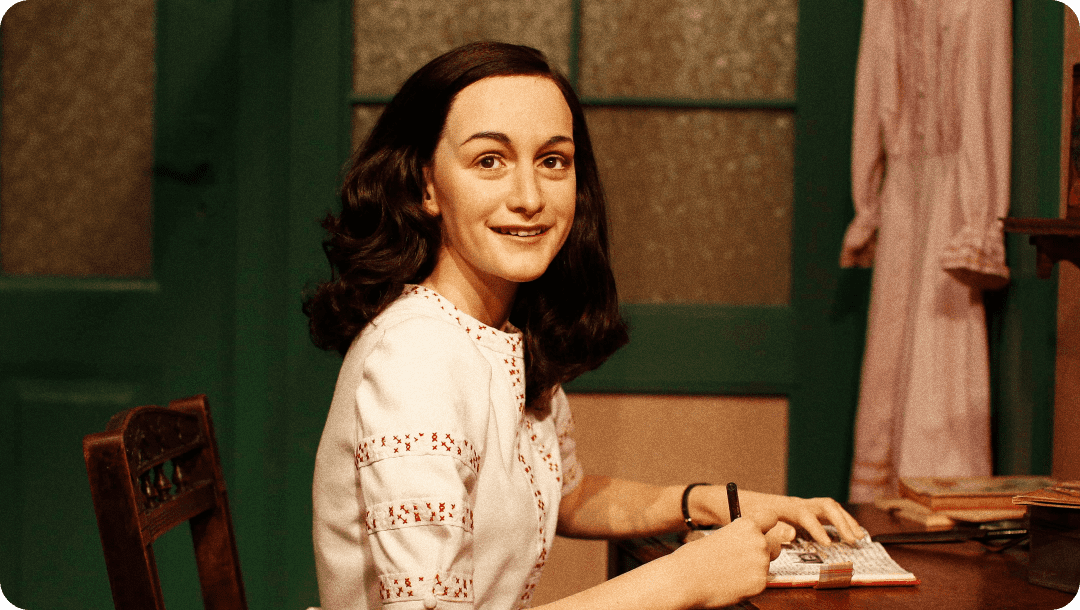
The Holocaust, the deliberate mass murder of over six million Jews by the Nazi regime during World War II, was one of the darkest chapters in human history. In occupied Netherlands, persecution of Jews was particularly brutal, and most of them were deported to concentration camps.
The Frank family, consisting of parents Otto and Edith, daughters Margot and Anne, lived in Amsterdam. They led a normal life until faced with discrimination and the threat of deportation following the Nazi occupation of the Netherlands in 1940. In 1942, fearing arrest, they were forced to hide in a secret shelter known as the "Achterhuis" (back house).
The Secret Shelter: "Achterhuis"
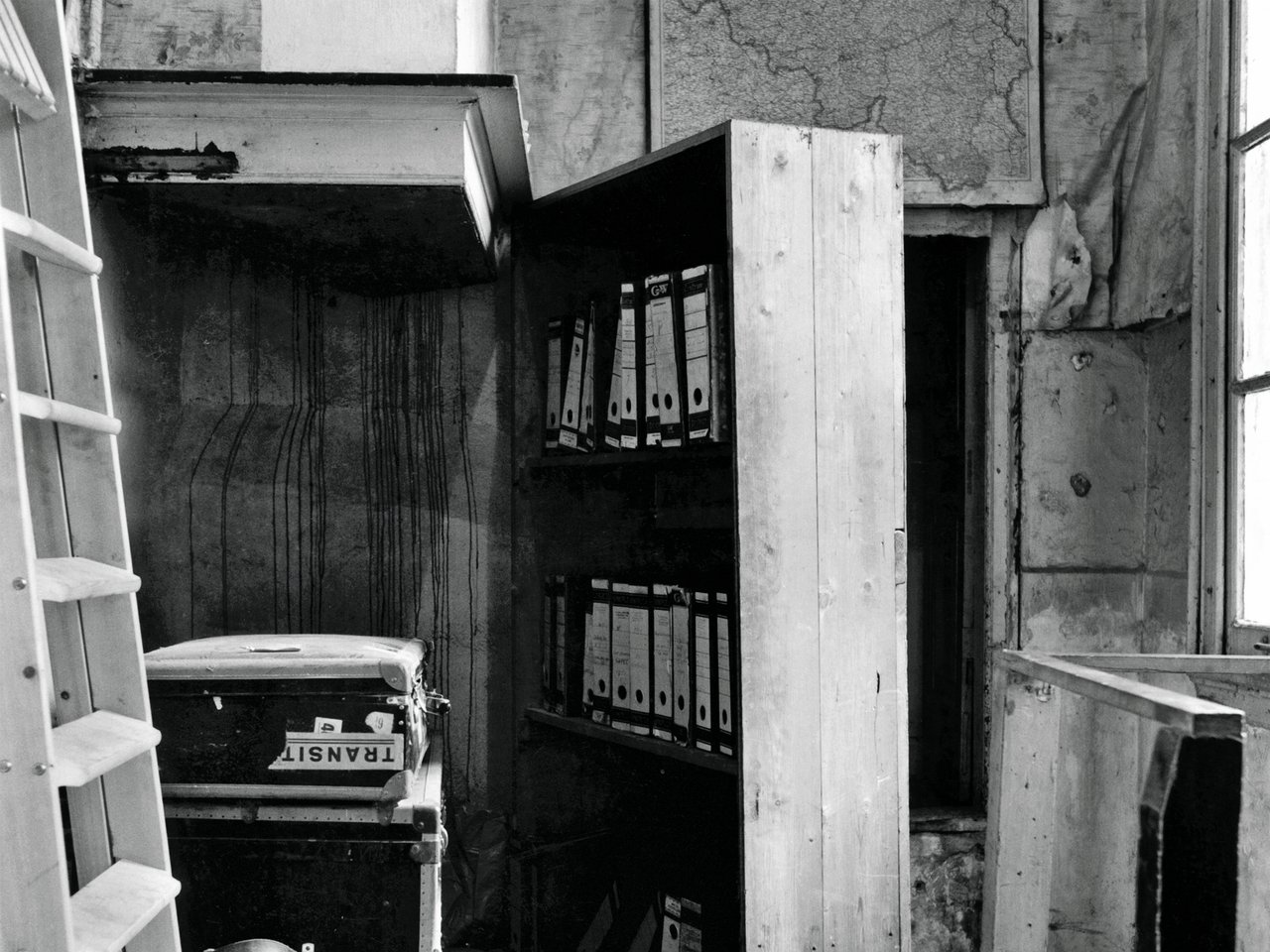
"Achterhuis" was a series of hidden rooms concealed behind a bookcase in the building where the family's father worked. There, the Franks hid along with four other Jews, forming a group of eight. Their escape from the outside world began on July 6, 1942, and lasted nearly 25 months.
Living conditions in the shelter were extremely cramped and perilous. They had to maintain complete silence during the day to avoid detection. The lack of fresh air and sunlight took a toll on their health, and the constant fear of arrest loomed over them like a sword of Damocles. However, despite these hardships, they found solace in family bonds, reading books, and, in Anne's case, keeping a diary.
Anne Frank's Diary
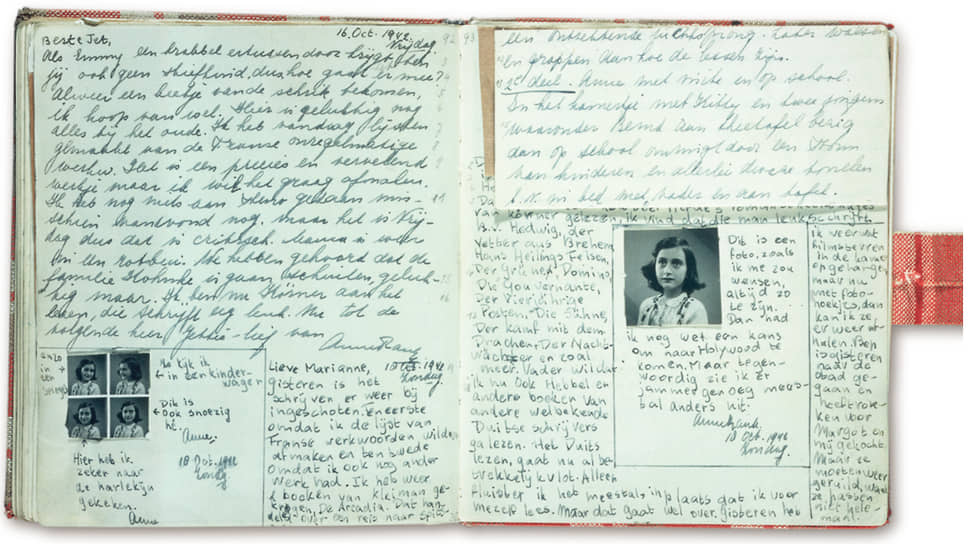
The diary, which Anne received as a gift for her thirteenth birthday shortly before her family went into hiding, became a priceless window into her inner world. Filled with subtle observations, sharp remarks, and a thirst for life, Anne's diary is the voice of a young girl dreaming of a happy future despite the monstrous nightmare unfolding outside.
In one of her most poignant entries, she writes, "I simply keep on hoping... someday... we'll be people again, and not just Jews!" These lines remind us of her humanity and innocence amidst extreme dehumanization.
Anne shared her most intimate thoughts and feelings in her diary, capturing each stage of her maturing in the most unusual circumstances. Her descriptions of daily life in the hideout are moving and remarkable. The diary has become a symbol of human hope and dignity in the face of unspeakable evil.
The Anne Frank House Museum
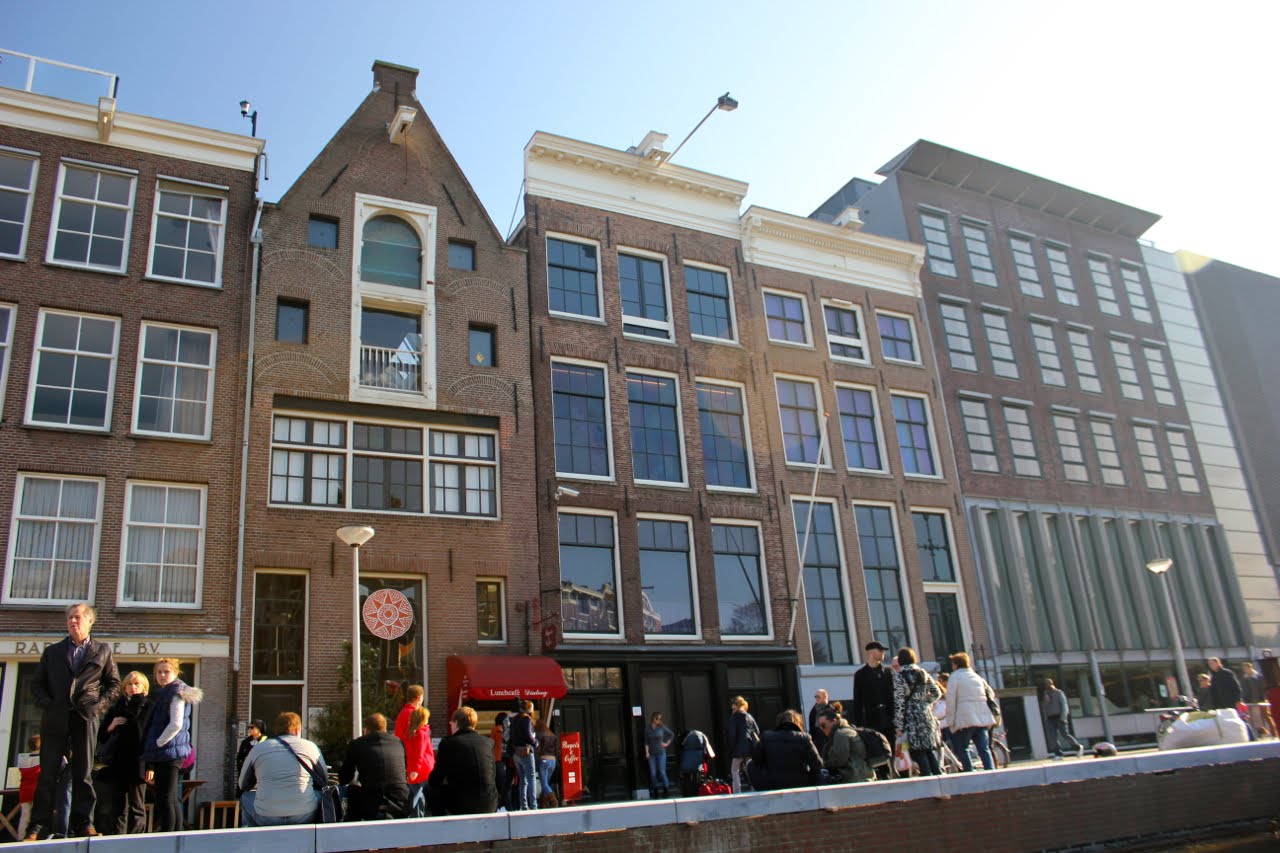
After the war's end, Anne's diary was published, and the "Achterhuis" was transformed into a memorial museum, known as the Anne Frank House. Today, visitors can walk through the same corridors and rooms where the family hid, immersing themselves in the atmosphere of that time through original Dutch exhibits.
The museum recreates the shelter's environment, including:
- Original furniture and household items
- Photographs and documents of the Frank family
- Anne's personal belongings, including her famous red plush bear
In addition to the permanent exhibition on Anne's life and times, the museum also features temporary exhibits on themes related to the Holocaust, human rights, and tolerance. The atmosphere of the museum prompts deep reflection on the human suffering and cruelty of that period.
The Legacy of Anne Frank
Anne Frank's story has touched the hearts of millions around the world and has become a symbol of resistance in the face of unbearable cruelty. Her diary is a reminder of the importance of maintaining humanity even in the most hopeless situations.
Beyond its enduring literary legacy, Anne Frank's name is also associated with promoting tolerance and understanding the dangers of racism and anti-Semitism. Her story has inspired educational programs and initiatives to combat discrimination and promote human rights principles.
For the younger generation, far removed from the horrors of World War II, Anne's diary serves as a powerful reminder of the importance of compassion, tolerance, and the protection of human rights. Anne's voice will continue to resonate, inspiring people to build a more humane and just world.
Practical Information for Visitors
The Anne Frank House, located at Prinsengracht 263-267 in the heart of Amsterdam, is open daily from 9 am to 10 pm. The entrance fee is 10.50 euros for adults and 5 euros for children up to 17 years old. A free audio guide is available in 9 languages.
Due to the museum's immense popularity, it is recommended to book tickets online in advance to avoid long queues. The best times to visit are right after opening or in the evening when the number of visitors decreases.
After visiting the Anne Frank House, it's suggested to take a stroll to the Portuguese Synagogue, one of the largest active synagogues in Europe. Here, you can delve deeper into the history of Amsterdam's Jewish community. Also, it's worthwhile to visit the Jewish Historical Museum to better understand the culture and traditions of the Dutch Jews.
Conclusion
The Anne Frank House is much more than just a museum or a tribute to the victims of the Holocaust. It is a call to awaken conscience and a reminder of the fragility of human life and dignity. As Anne herself said, "I keep believing in the good deep down inside of me, deep down inside of humanity."
May Anne Frank's story inspire us to value the freedoms and rights we possess. May it call us to vigilance against any forms of intolerance, hatred, and extremism in our society. Only in this way can we honor her memory and embody her faith in the goodness living in human hearts.
